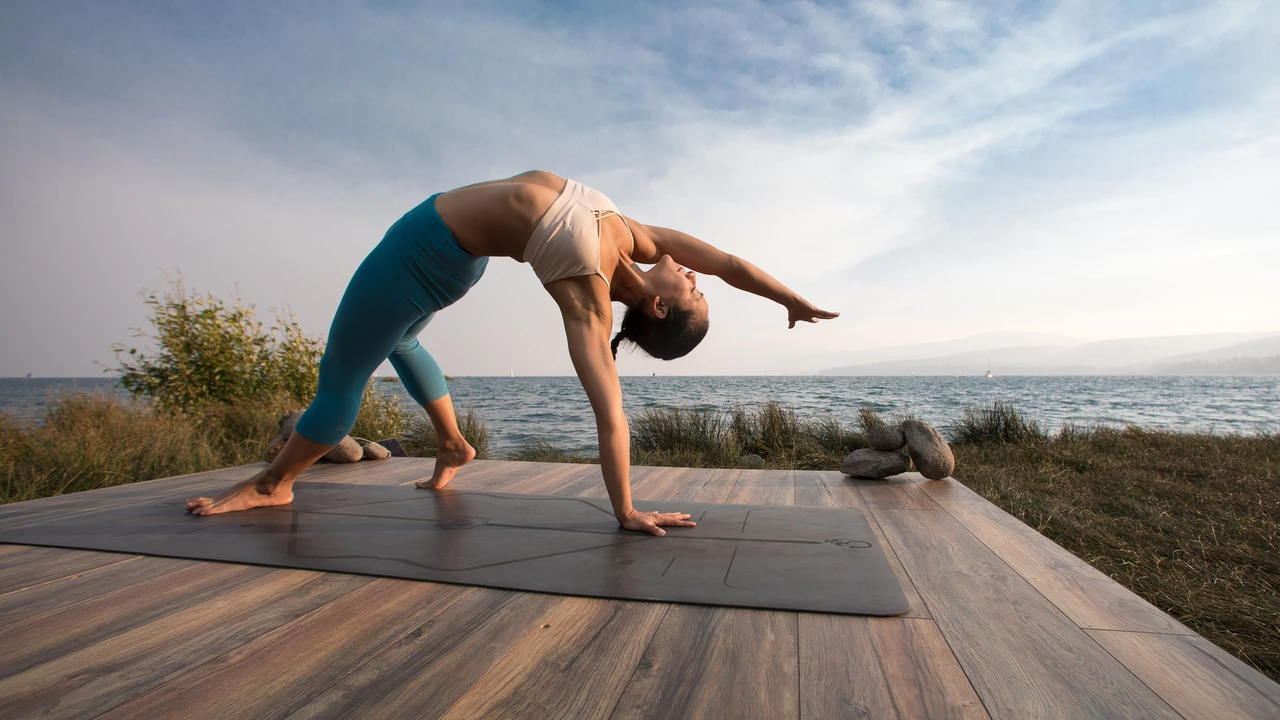Starting Yoga: Simple steps to begin with confidence
Want to try yoga but feel unsure where to begin? You don't need fancy gear or perfect flexibility—just a small plan and a bit of consistency. This guide gives clear, practical steps you can use on day one, plus quick routines and tips to keep you safe and motivated.
First steps: what to use and how often
Buy a basic non-slip mat and wear comfortable clothes that let you bend. Start with 10–20 minutes a day; even 15 minutes consistently will improve mobility, reduce stress, and build routine. Pick a time you can stick to—many beginners do it first thing in the morning or before bed. Warm up with gentle joint circles, neck rolls, and a few breaths before you move into poses.
Begin with a short sequence: cat-cow to warm the spine, downward dog for full-body stretch, low lunge to open hips, warrior II for strength, and child's pose to rest. Repeat this flow 2–4 times, moving with your breath. Focus on steady breathing—inhale to expand, exhale to release—and stop if you feel sharp pain.
Class, online, or solo—how to choose
Want corrections and community? Try an in-person beginner class for a few weeks to learn alignment and prevent bad habits. Prefer flexibility and low cost? Use well-reviewed online classes or apps and pick sessions labeled "beginner." If you choose online, record yourself or practice near a mirror for self-checks. A mix works well: start in class, then use short online sessions for daily practice.
Pay attention to safety: if you have high blood pressure, joint issues, or other health concerns, check with a doctor before starting and choose gentle classes. Modify poses with props—blocks, a strap, or a folded blanket—until strength and mobility improve. For balance poses, practice near a wall until you build confidence.
Common beginner questions: Is age a limit? No—people start yoga at every age. Do short sessions help? Yes—consistent 10–20 minute routines produce better habits than occasional long sessions. Can a yoga teacher also teach Pilates? With extra training, yes, since the two systems share core-strength principles.
If you want to teach someday, look into a 200-hour teacher training when your practice feels stable and you’ve explored different styles. For pose-specific problems—like knees slipping in crow—work on wrist and core strength, hip openers, and practice with a towel for grip. Keep progress realistic: focus on steady improvement, not on matching others.
Start small. Pick a short routine, practice consistently, and adjust as you learn. Yoga becomes easier and more useful when it fits your life, not when you force your life to fit yoga.
Is yoga hard for a beginner?
As a beginner, you might find yoga a bit challenging due to the unfamiliar poses and the need for flexibility and strength. However, it's all about patience and consistency. Everyone starts at a different place and the beauty of yoga is that it's adaptable for all skill levels. Remember, it's a personal journey, not a competition. Over time, with regular practice, you'll notice progress and improvements in your abilities.
